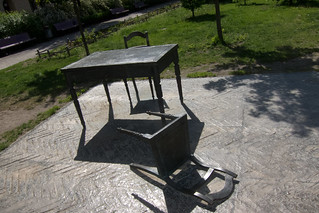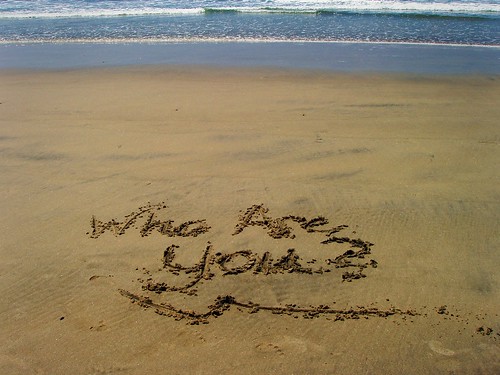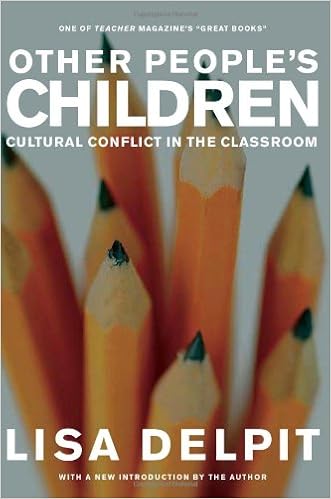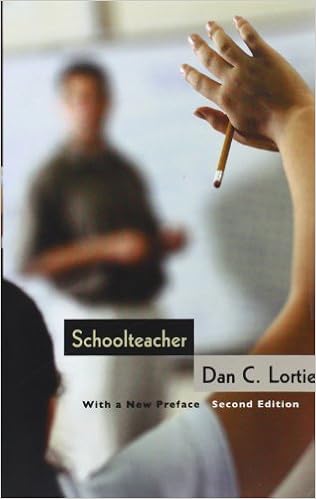The most valuable learning away from a chair and desk? Running – particularly my first marathon – has been the most valuable learning I’ve experienced. I might include whatever learning has happened at a chair/desk.
I wasn’t a runner when I started. I wasn’t anything that included physical activity, really. Whatever intrinsic joy I might have found in sports and other elements of P.E. in school were subsumed by the social pressures–real and imagined–I felt to know how to do things like layups, bunting, etc. I decided early on that excercise and sports weren’t for me. And that was how things were until I turned 21 and decided I didn’t want the most momentous thing that happened in my life that year to be the ability to legally consume alcohol.
My first steps as a runner were June 1. Two miles. I wanted to die. Oct. 12 of that year, I completed the Chicago marathon.
Running that race, I realized the marathon wasn’t going to be the event that made me a runner. It would make me a marathoner, sure, but I was a runner as soon as I made the commitment to take those first steps in June, as soon as I’d said, “This is a thing I’m going to do.”
Up to that point, I’d seen sports as things you had to have pre-provided knowledge and experience with in order to understand and participate. I’d missed the athletic boat early on, and figured that was my chance. I’d have to be happy with other things I had learned.
While I shy away from an absolute such as, “It’s never to late to become X,” one of the best lessons I’ve learned from running is the importance the decision to do or be a thing in helping you to become that thing. I wasn’t a runner because I’d decided I wasn’t or couldn’t be.
Now, when I let life dictate the terms of how I spend my time and find myself at the far end of a run-less stretch of weeks, I don’t start to doubt my identity as a runner. I’ve been a runner since an exhausting midwestern June 2-miler, and most of the time, that’s enough to get me out the door.
This post is part of a daily conversation between Ben Wilkoff and me. Each day Ben and I post a question to each other and then respond to one another. You can follow the questions and respond via Twitter at #LifeWideLearning16.







 In exactly one month, Chris and my book
In exactly one month, Chris and my book